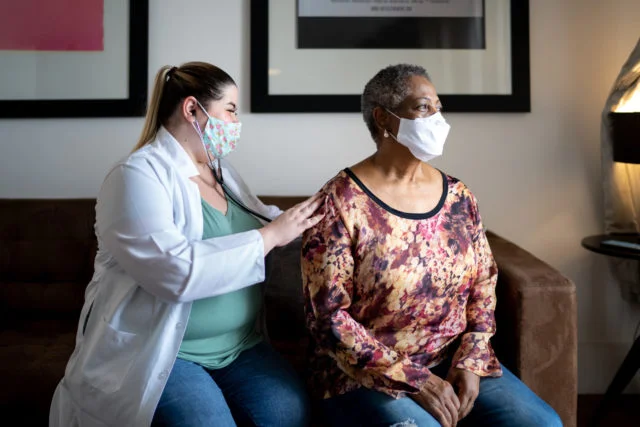Tag: insurance

Starting months before my 65th birthday, my mailbox has been swamped with advertisements for Medicare Advantage insurance plans. The ads are still coming in. And then there are the television commercials with promises of Advantage plan benefits that original Medicare doesn’t cover – vision, dental, hearing services, rides to doctors’ appointments, zero premiums. Sounds amazing,…

New Medicare enrollees can expect their uncertain medical expenses to take roughly $67,000 out of the household budget, on average, over the rest of their lives. Since this estimate is only an average, some retirees will pay less and some will pay much more. And the estimate, revealed in a new brief by Karolos Arapakis…











